-
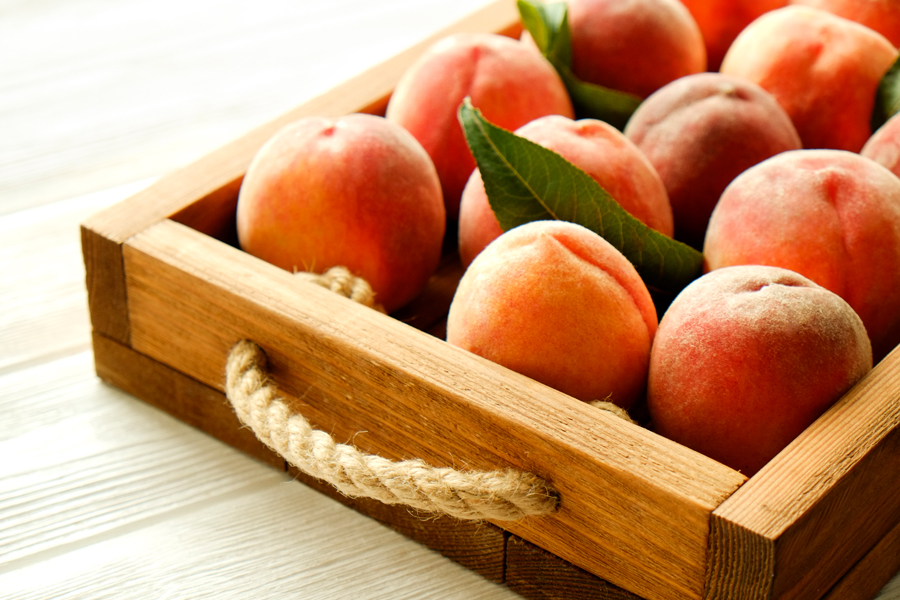
This publication deals with appropriate maturity indices and postharvest handling for fresh-market peaches to educate producers, pickers, packers, and shippers about how to reduce peach postharvest losses and prevent quality deterioration, recalls, and subsequent loss of value during the production and trade of peaches in the region.
|
-
 Pulse width modulation (PWM) technology is becoming a standard option on most new agricultural sprayers because of its ability to precisely regulate both flow rate and pressure over a wide range of travel speeds. This publication provides information on nozzle selection for sprayers equipped with PWM technology, including how to…
Pulse width modulation (PWM) technology is becoming a standard option on most new agricultural sprayers because of its ability to precisely regulate both flow rate and pressure over a wide range of travel speeds. This publication provides information on nozzle selection for sprayers equipped with PWM technology, including how to…|
-
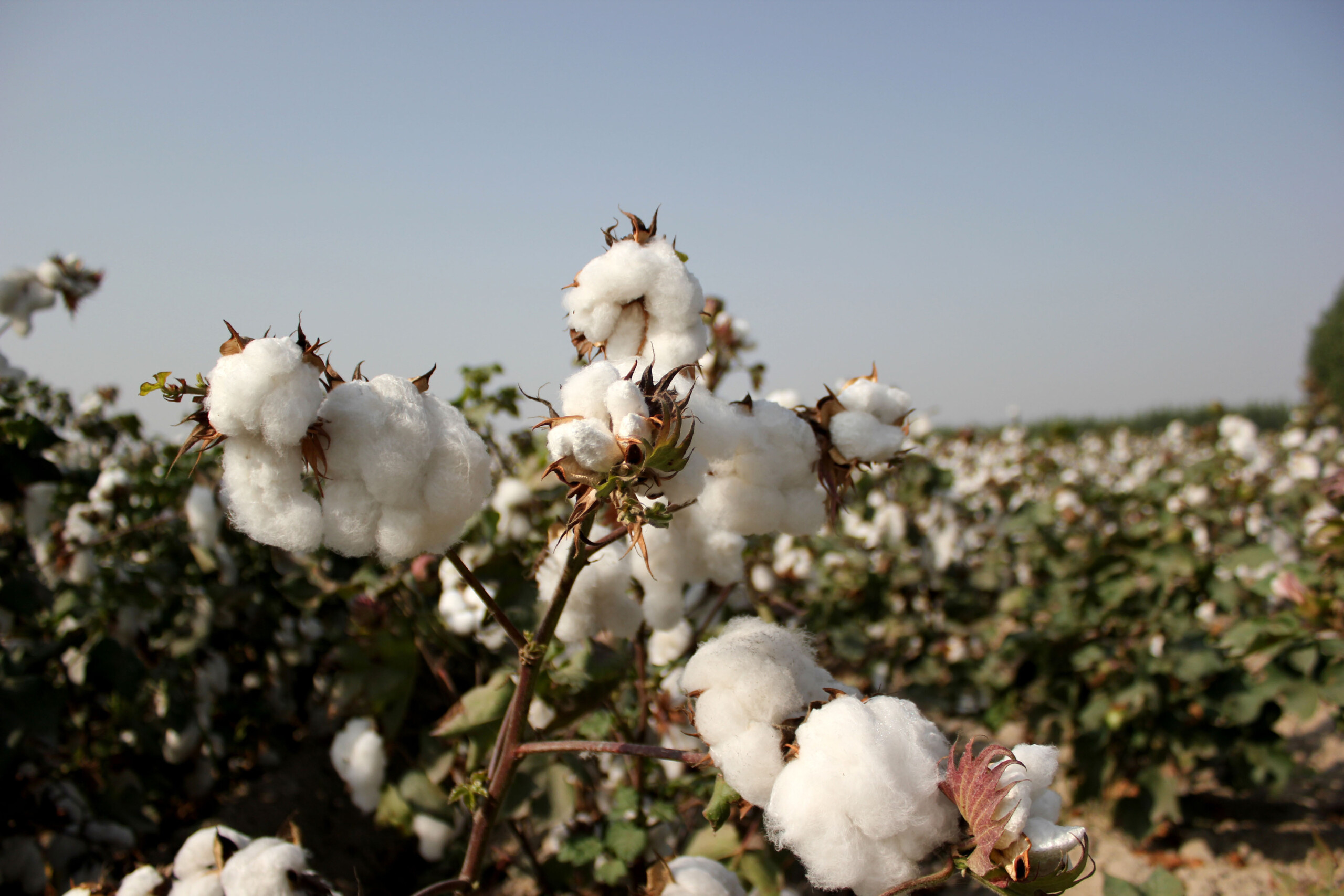 In 2010, the UGA cotton agronomists implemented this variety testing program. Our industry partners were asked to provide their most well-suited varieties for Georgia. Historically, the varieties evaluated in this trial have accounted for nearly 75% of the planted acreage in Georgia in the same year. These varieties were planted…
In 2010, the UGA cotton agronomists implemented this variety testing program. Our industry partners were asked to provide their most well-suited varieties for Georgia. Historically, the varieties evaluated in this trial have accounted for nearly 75% of the planted acreage in Georgia in the same year. These varieties were planted…|
-
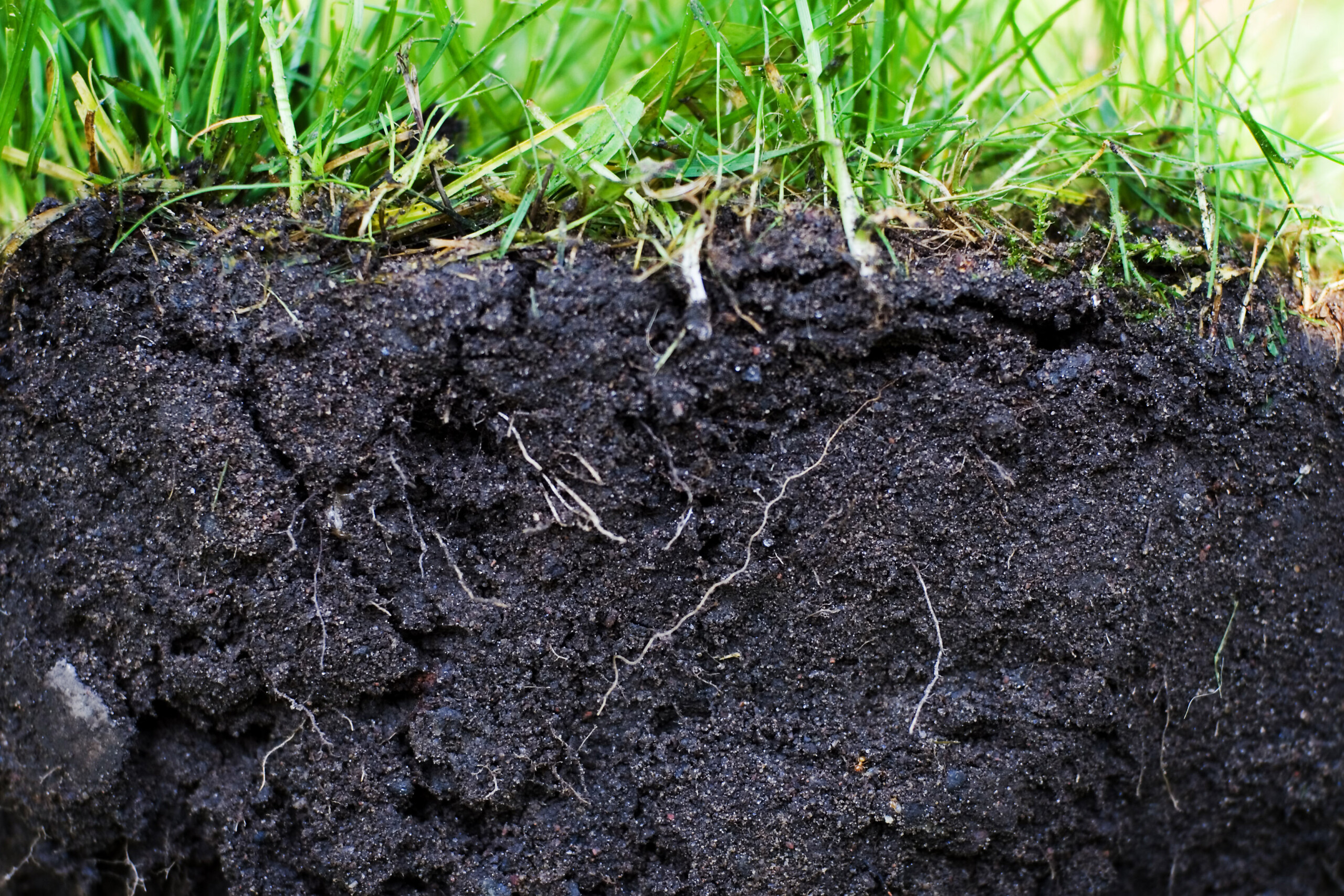
C 1299
Soil Organic Matter
Soil organic matter (SOM) is a complex mixture of plant and animal tissues, and plays an important role in the physical, chemical, and biological processes in the soil. This publication describes how SOM contributes to overall soil fertility, factors controlling SOM abundance, and what cultivation practices growers can use to…|
-
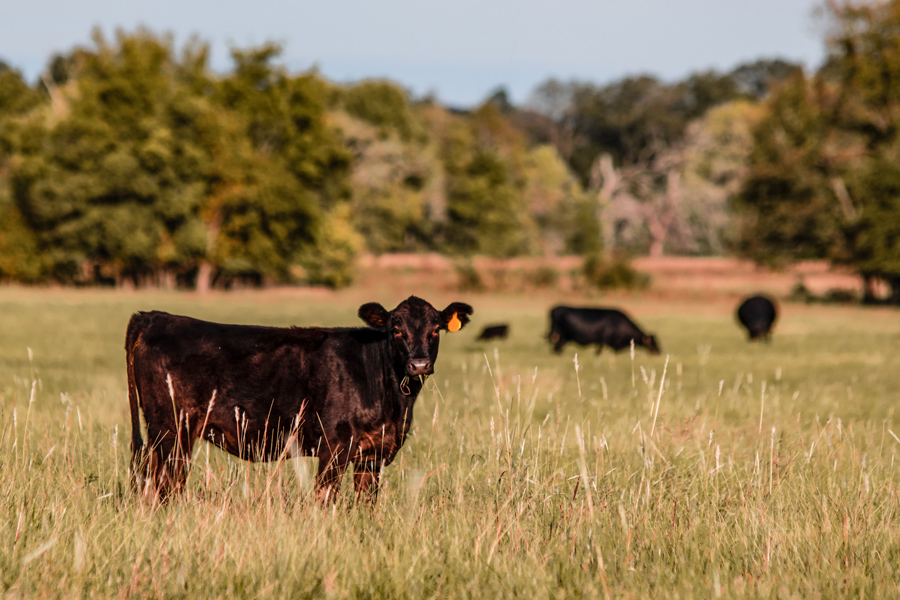 Drought can have a double impact on cattle producers. Not only is forage limited during the grazing months, but also the production of hay is limited. With the lack of forage, both grazed and conserved, many producers are looking for sources of feed for their cattle going into the fall…
Drought can have a double impact on cattle producers. Not only is forage limited during the grazing months, but also the production of hay is limited. With the lack of forage, both grazed and conserved, many producers are looking for sources of feed for their cattle going into the fall…|
-
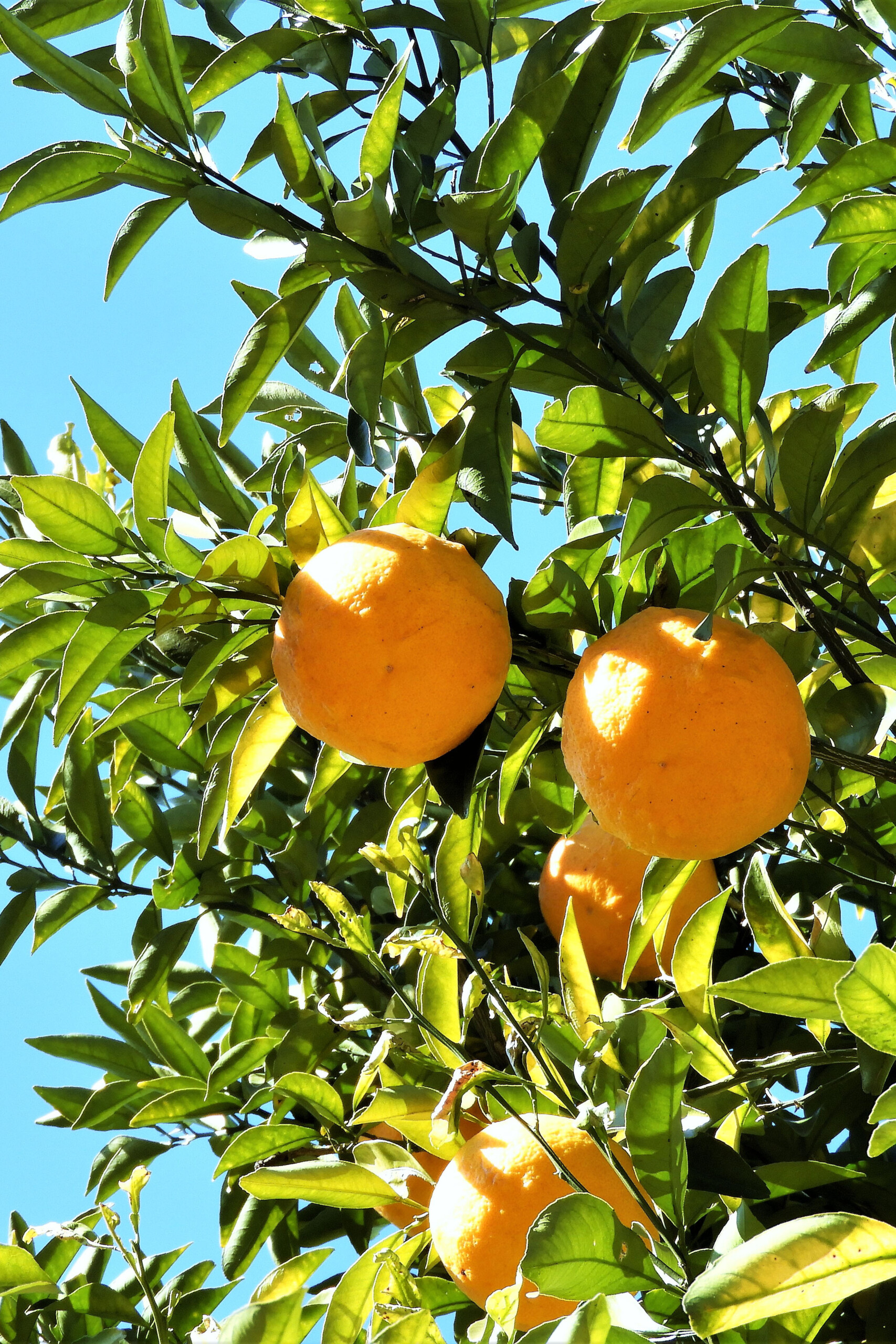 One of the most common questions regarding citrus is how much cold weather they can withstand before they are killed. Most citrus growers are looking for a specific low temperature, but there is no simple answer to this question because there are so many factors involved in citrus cold hardiness.…
One of the most common questions regarding citrus is how much cold weather they can withstand before they are killed. Most citrus growers are looking for a specific low temperature, but there is no simple answer to this question because there are so many factors involved in citrus cold hardiness.…|
-
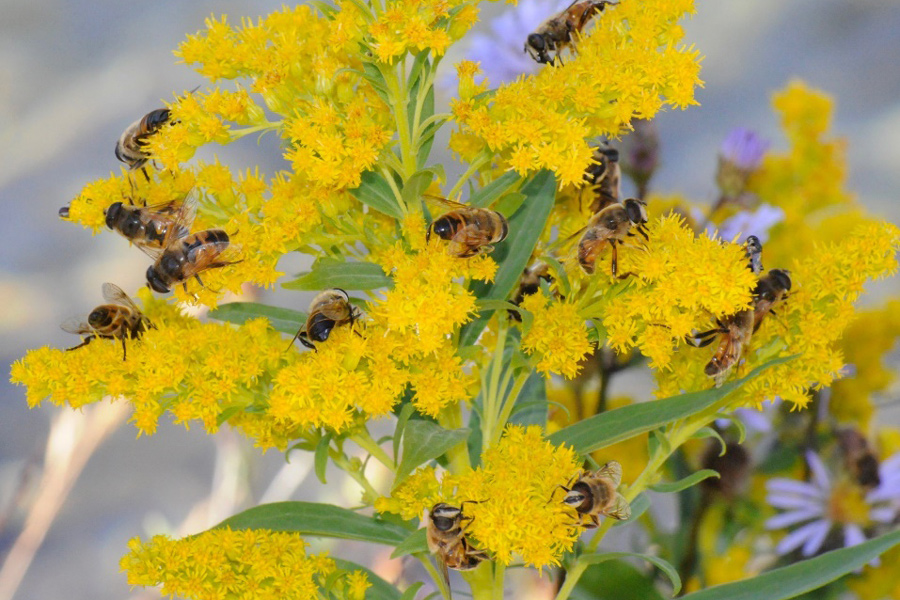 With over 6,000 species world-wide and 812 in the United States and Canada, hover flies (Diptera: Syrphidae), also known as flower flies or syrphid flies, are a highly diverse, common, and charismatic family of insects which provide a broad diversity of ecosystem services including pollination, biological control, and decomposition that…
With over 6,000 species world-wide and 812 in the United States and Canada, hover flies (Diptera: Syrphidae), also known as flower flies or syrphid flies, are a highly diverse, common, and charismatic family of insects which provide a broad diversity of ecosystem services including pollination, biological control, and decomposition that…|
-
 Private well waters often contain high levels of iron, manganese, and hydrogen-sulfide. While these contaminants are not considered to have any human health consequences, they can cause various issues such as staining, impaired taste, and odor problems once their concentration exceeds certain levels, and homeowners need an appropriate system to…
Private well waters often contain high levels of iron, manganese, and hydrogen-sulfide. While these contaminants are not considered to have any human health consequences, they can cause various issues such as staining, impaired taste, and odor problems once their concentration exceeds certain levels, and homeowners need an appropriate system to…|